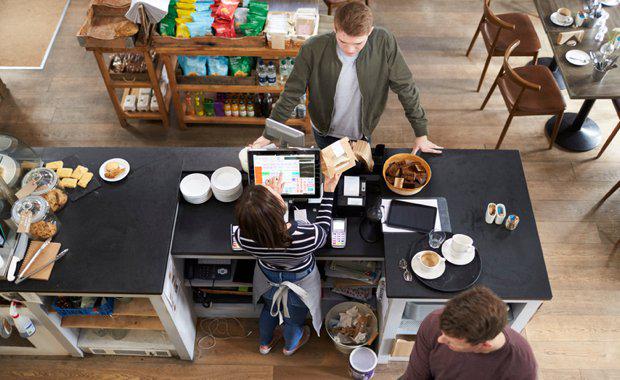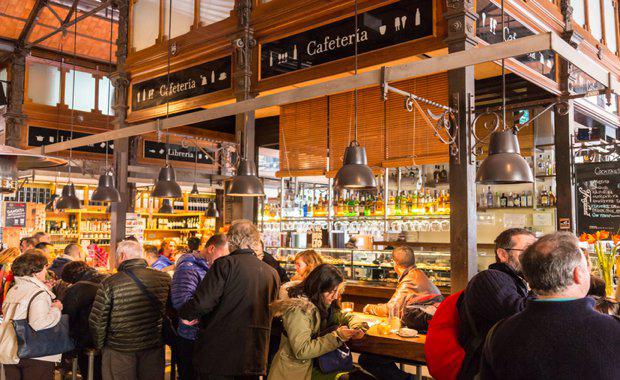Various new trends have sparked a new age of fundamental change for the global retail and leisure landscape.
That was the main revelation from JLL's latest research into the inner workings of the sector, which was created in collaboration with the International Council of Shopping Centres (ICSC) to explore the impact of food service growth on retail real estate, considerations and best practices for the successful integration of food service, and the future outlook.
Entitled The Successful Integration of Food & Beverage Within Retail Real Estate, the report revealed that due to macro-demographic trends, technological advancements and ever-evolving consumer expectations, a huge shift is expected for global retail and food service in terms of consumer spending patterns and space allocation.
"Across most countries, consumer spending on food service has been outpacing grocery spending (and indeed all retail spending) in recent years," the report said.
"Furthermore, as spend shifts from transactional to experiential food offers, food and beverage (F&B) is growing in importance to retail real estate. In some regions of the UK, Canada and US, the amount of space in properties dedicated to F&B is forecast to reach up to 20% or more of total space by 2025 (and it could surpass 30% in Asia).

"Implemented correctly, foodservice drives shopper traffic, dwell time, spend and overall sales growth. To be sure, more restaurants and bars do not necessarily equate to success for shopping centres, as this huge expansion in space allocation comes with opportunities (e.g. increased shopper traffic and sales) but also risks (e.g. oversupply). But overall, F&B can now act as an anchor."
What are the trends shaping the retails sector?
The report identified three trends largely contributing to the sector's widespread structural change.
Demographic change – strengthening cities
The staggering rate of global population growth and urbanisation is underpinning radical change. The United Nations Population Division predicts that the global population will keep rising until the year 2050, when it will reach 9 billion.
Closely linked to the urbanisation trend is the growth of the middle class, which is now the dominant income segment globally. According to the report, the middle class is predicted to increase from 1.8 billion in 2009 to 3.2 billion by 2020, and to number 4.9 billion (out of a projected global population of 8.3 billion) by 2030.

Where does real estate come in?
Landlords will need to consider the trends and their effects on the industry before expanding, adapting or innovating their food service component. The report said the biggest challenge for landlords is to understand how their support for restaurant operators differs from their responsibilities to traditional retailers.
"While there are clearly frontrunners and landlords who understand the requirements of foodservice operators, the industry remains at the beginning of a journey, and there are many lessons to be learned," the report said.

"Specifically, learnings for landlords when it comes to leasing, asset managing and valuing shopping centres include: rental levels, lease lengths, tenant mix, strategic approach, operations and partnerships with foodservice operators.
"The growth in quantity and quality of food service in shopping centred has had a broadly positive influence on the sector and gone a long way to providing the experience needed to meet changing consumer demands in the new world of retail and leisure.
"However, the industry is still at the beginning of a transformational journey. It is clear that food will be at the forefront of that change and will continue to play a crucial role in future- proofing retail places.
"Understanding how technology is driving innovation and change in foodservice is imperative. Technology is improving operational efficiency and service], enabling "hyper-personalised" experiences, creating game-changing online delivery services; and contributing to risks already facing the industry."JLL and the report's authors believe the future for the food service sector is bright a greater rigour and science must be incorporated to planning and executing food service strategies.














